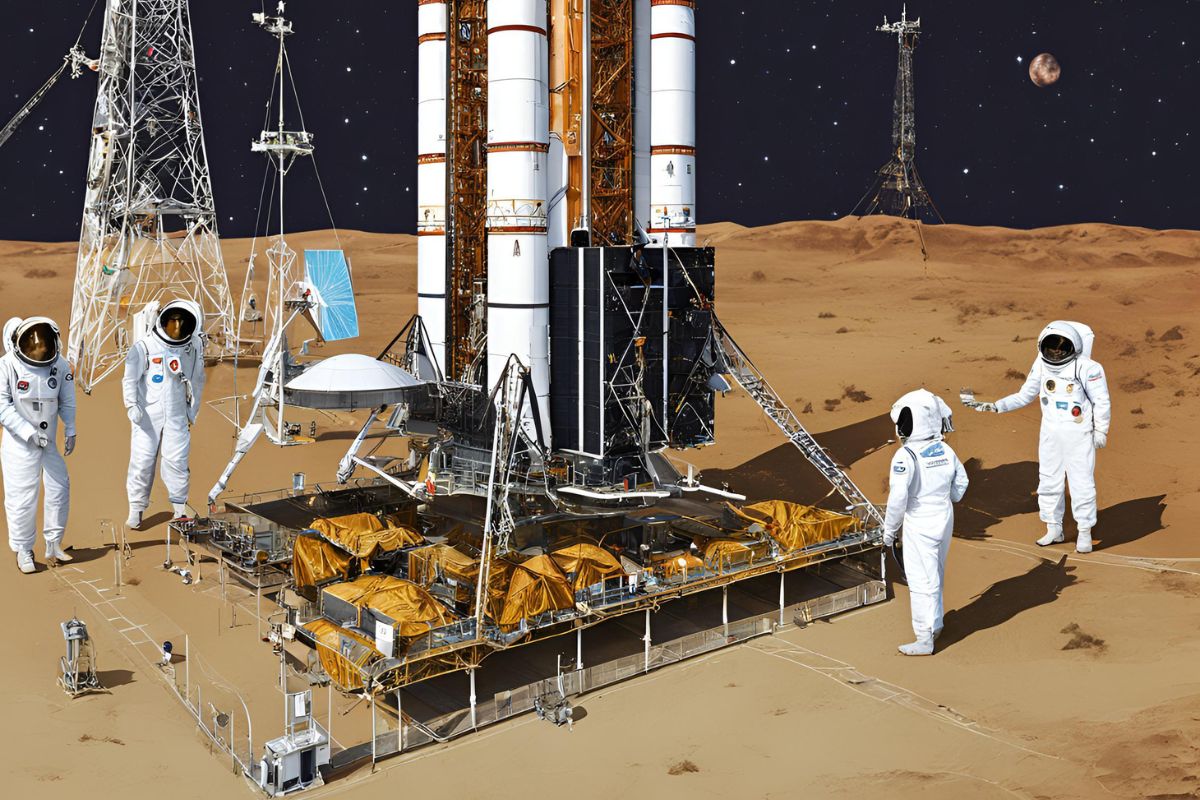


Sriharikota: The Indian Space Research Organisation (ISRO) on December 30, 2024 launched its Space Docking Experiment (SpaDeX) mission with its Polar Satellite Launch Vehicle (PSLV-C60) from Sriharikota in Andhra Pradesh. Apart from reaching a monumental landmark in India’s space ambition, the mission has aims to develop promote such technologies that are needed for rendezvous, docking and undocking of the spacecrafts in low Earth orbits.
Two roughly 220 kilogramme tiny spacecraft, SDX01 (the Chaser) and SDX02 (the Target), comprise the SpaDeX mission. Showcasing the technology required for docking two spacecraft in orbit, a capability vital for future missions including the Chandrayaan-4 lunar mission, the intended Indian space station (Bharatiya Antariksh Station), and the manned Gaganyaan mission , is the main aim here.
ISRO Chairman S Somanath said: And, it emphasised the importance of this mission in enhancing India’s space capability, the docking process is expected to be tested on January 7, 2025, which will involve demonstrating the transfer of electrical power between the docked spacecraft.
This SpaDeX project proves ISROs will to take ahead the space technology also support the progress of explore in space. India’s ambitious space aspirations would be realised with this mission, therefore enabling India to become a major actor in the worldwide space community.
On January 7, 2025, ISRO made history by docking the SpaDeX spacecraft—SDX01 and SDX02—in orbit. This achievement marks a significant milestone for India’s space program. Engineers confirmed that the autonomous docking sequence worked perfectly. Then, they showed a smooth power transfer between the modules. This breakthrough proves ISRO’s homegrown docking system works. It features vision-based sensors, proximity operations algorithms, and mechanical latching mechanisms. SpaDeX boosts India’s ability for complex space missions. This includes Gaganyaan, the Bharatiya Antariksh Station, and interplanetary rendezvous tasks. ISRO plans to do extended stability tests in the next two months. These tests will study how modules work together in orbit over a long time.

